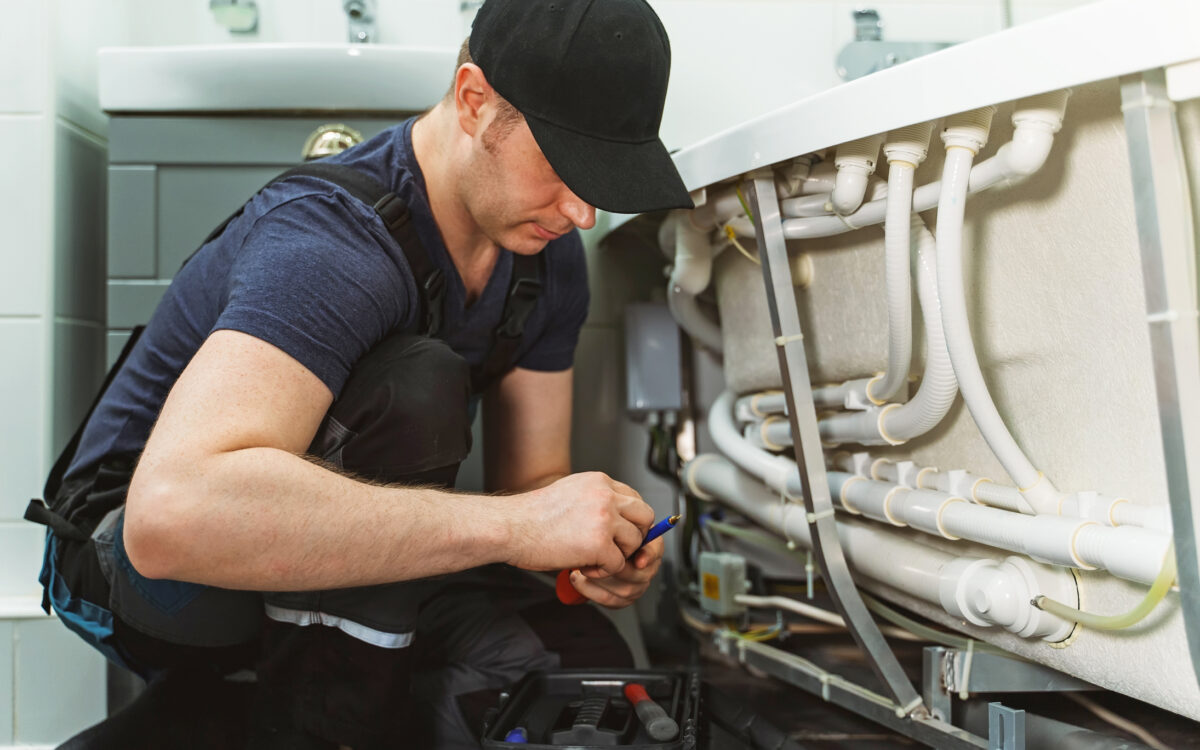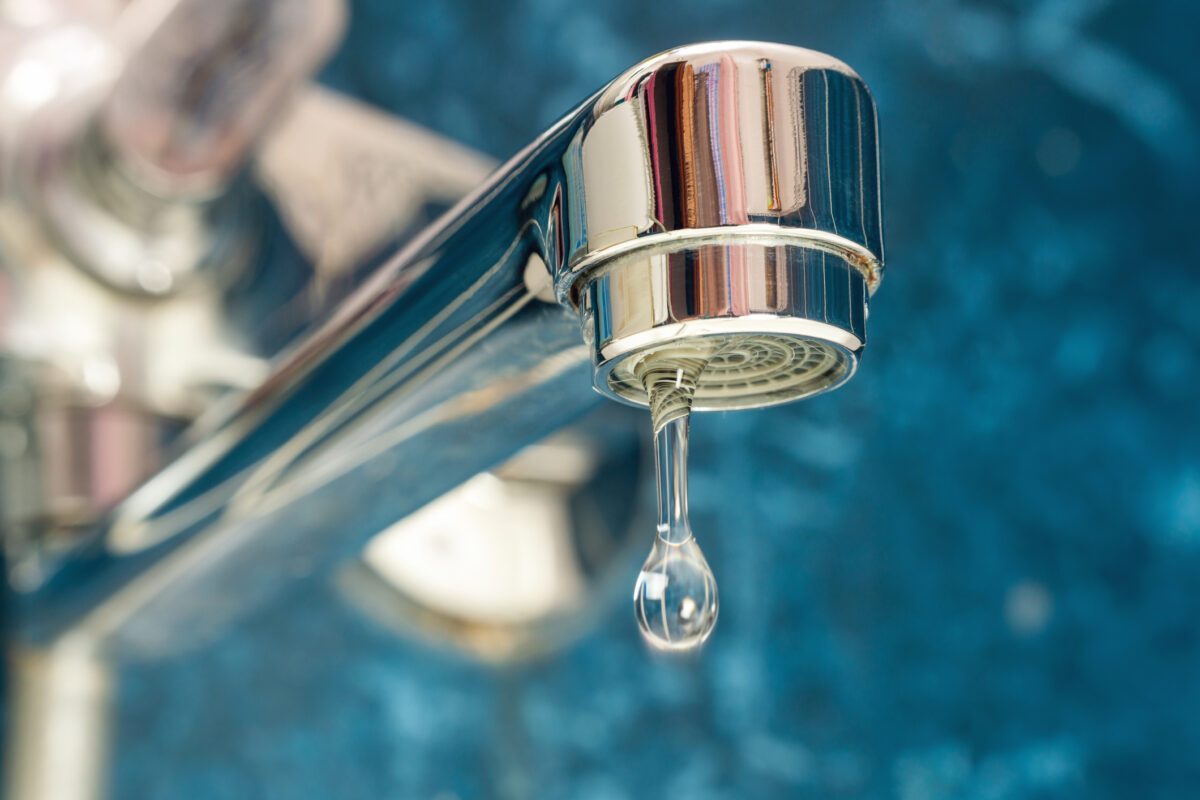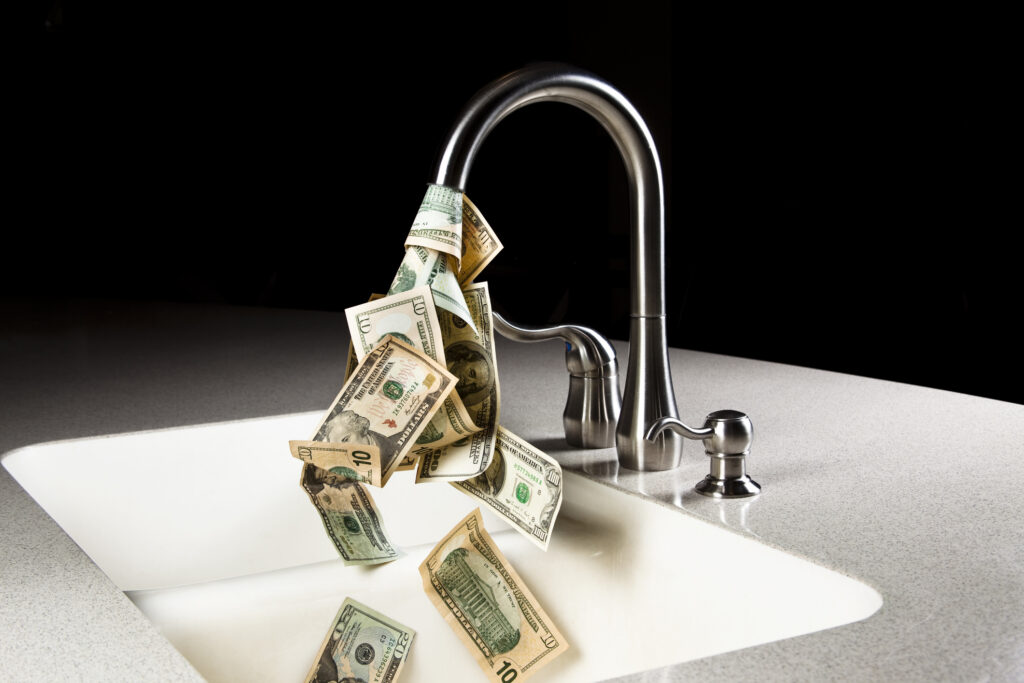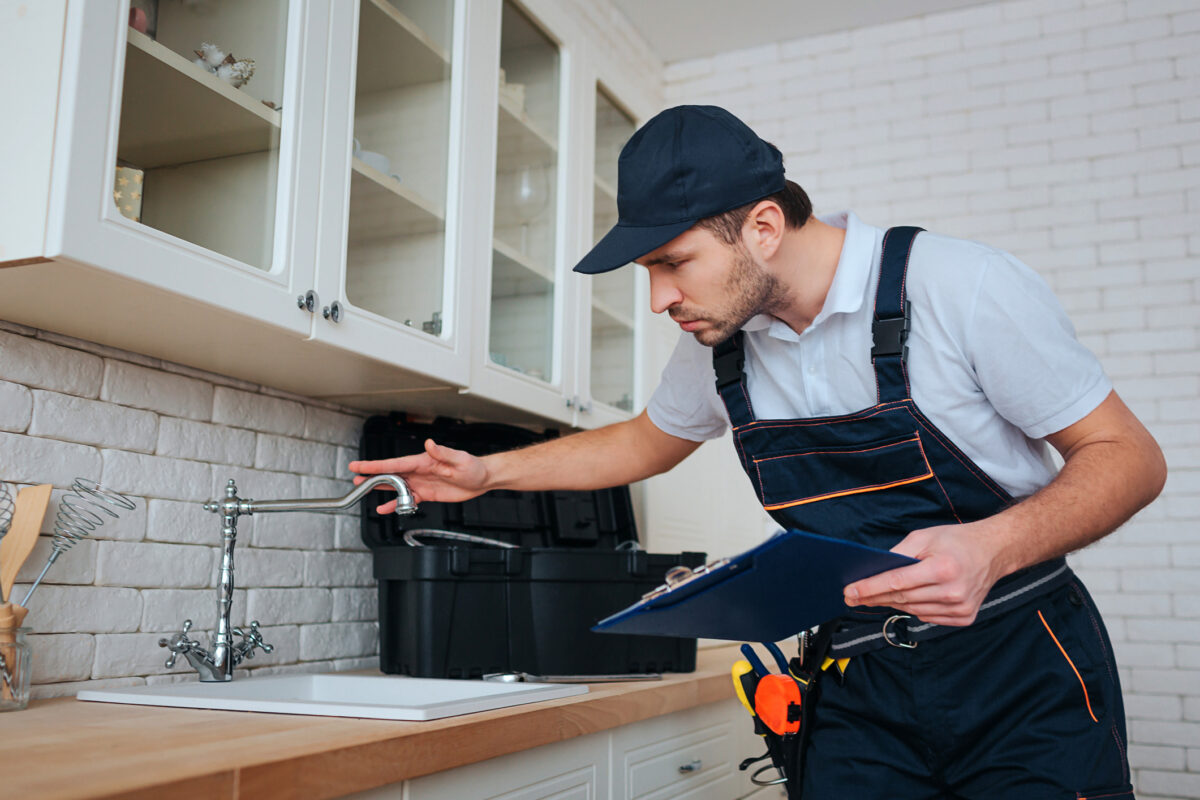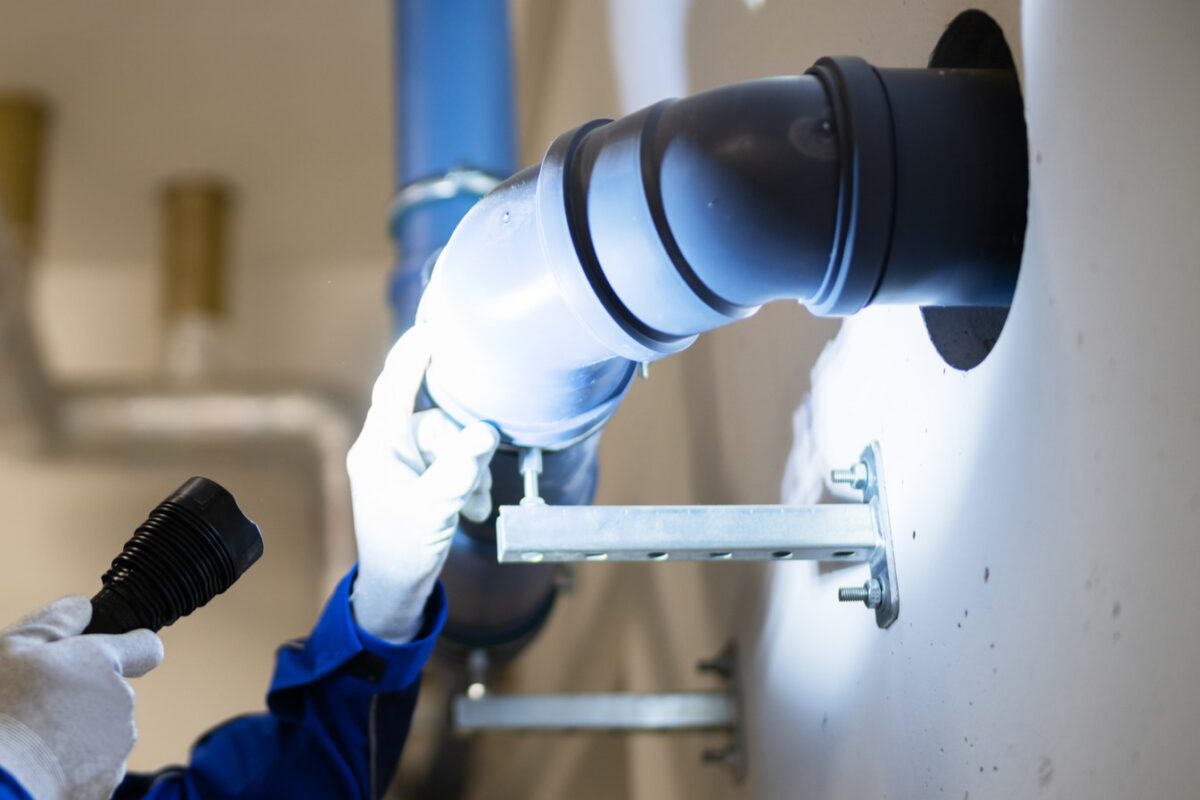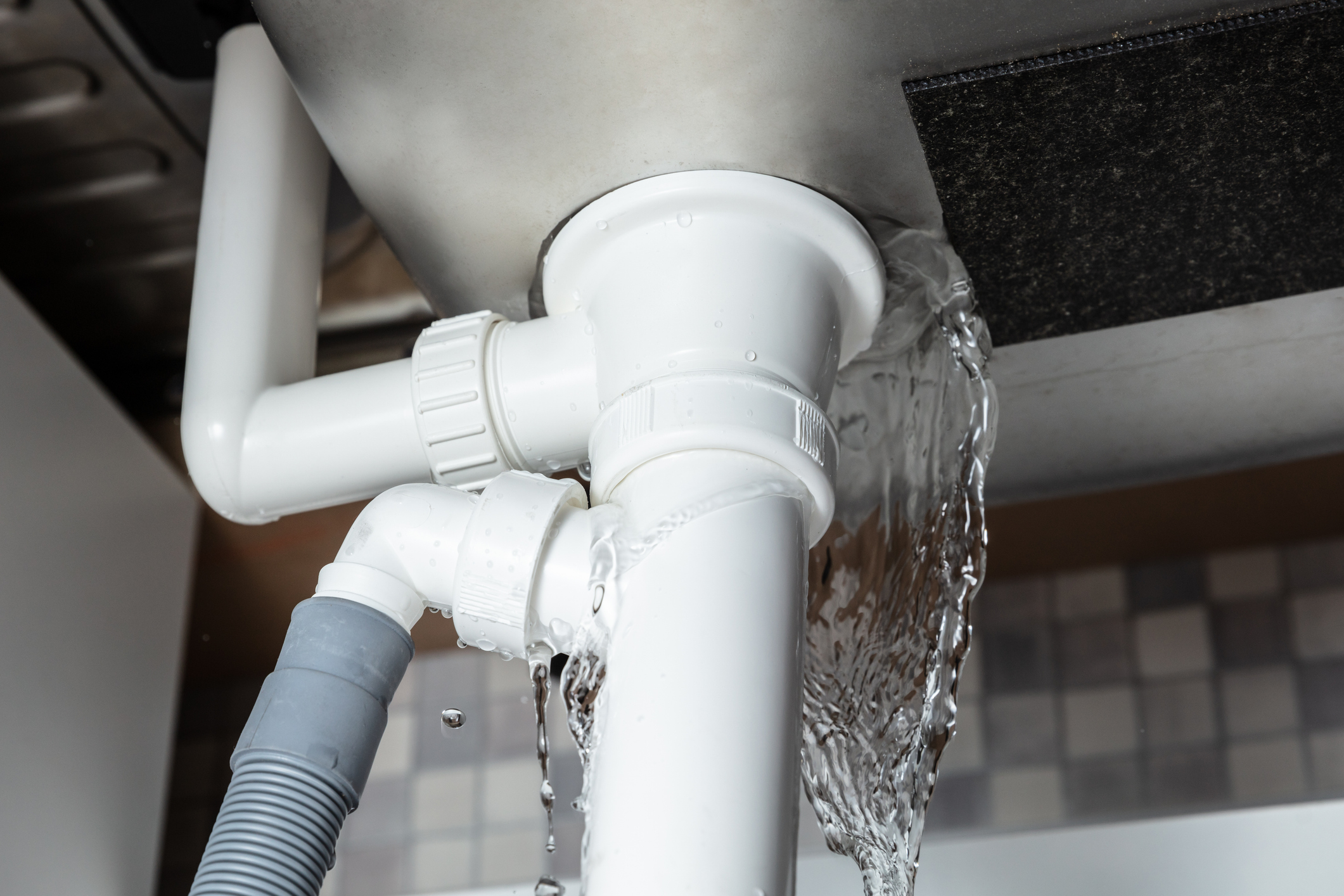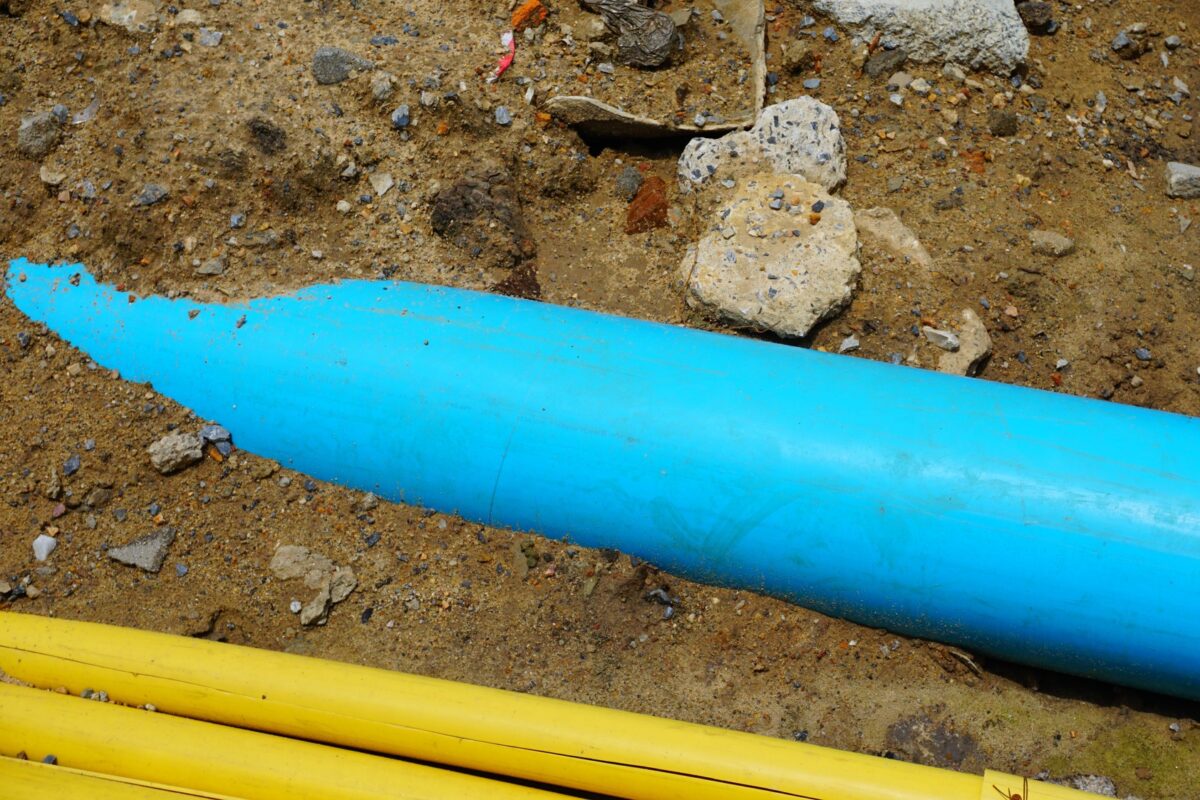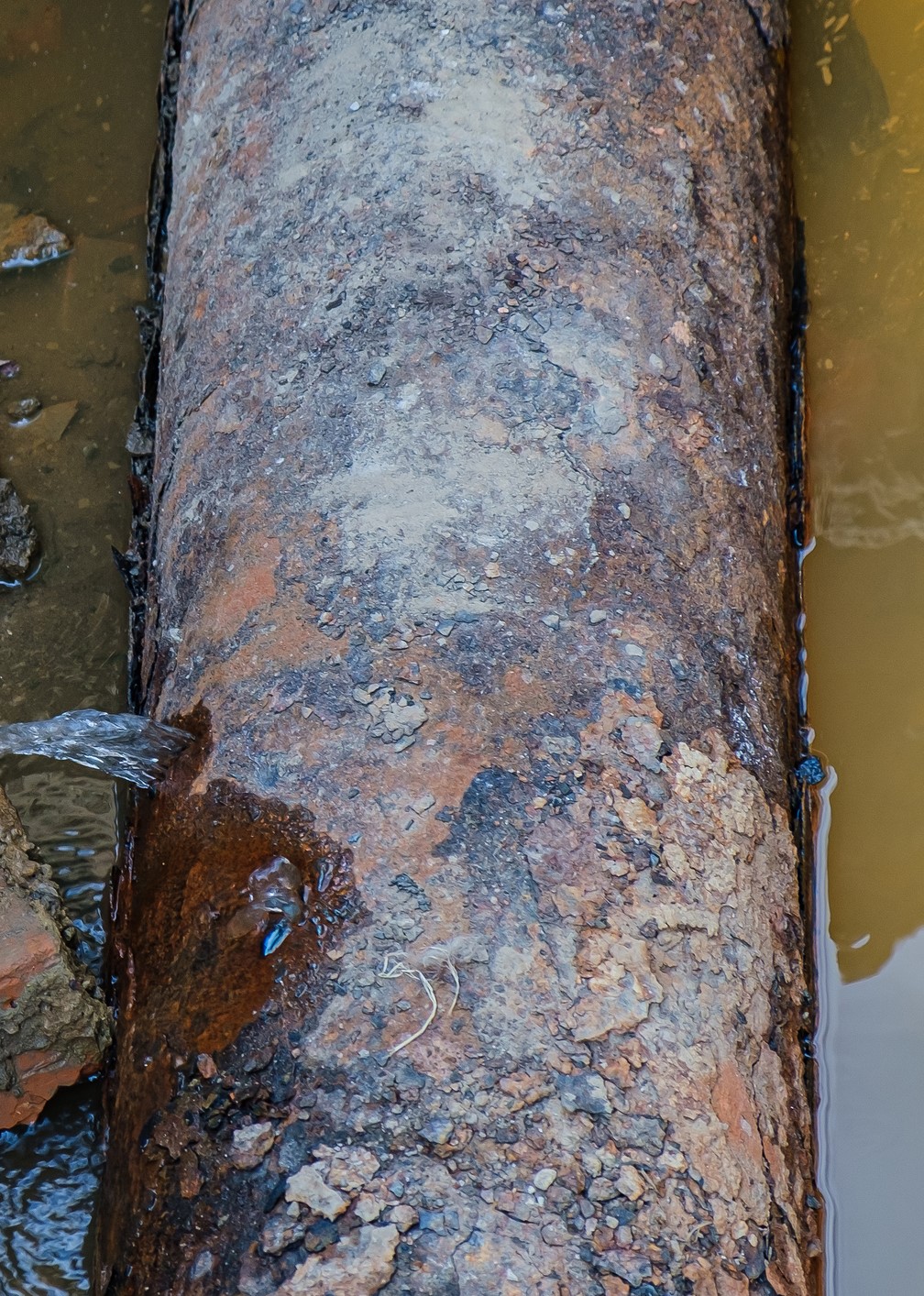Exploring Dual Plumbing Systems for Efficient Waste Management
Curious about ways to save water and reduce your environmental footprint? Dual plumbing systems offer a smart solution by separating drinking water from recycled water, allowing you to conserve fresh water for essential needs while reusing water for tasks like toilet flushing and irrigation.
Especially in areas like Burlington, Florence, or Hebron, KY, where resource conservation is increasingly important, dual plumbing can be a practical and eco-friendly choice. Dive into the details to see how this system works and its benefits for homes and businesses alike.
What is a Dual Plumbing System?
A dual plumbing system is a setup that uses two separate sets of pipes within a building—one for potable (drinkable) water and another for non-potable or reclaimed water. This structure allows purified water to be directed toward faucets, showers, and other essential areas, while reclaimed water is routed for tasks like toilet flushing, landscape irrigation, and certain cleaning tasks.
By having distinct pipes, dual plumbing systems help reduce the demand for fresh water, making them a valuable choice for conserving resources. These systems are especially beneficial for homes and businesses focused on sustainable practices. Overall, dual plumbing systems offer an eco-friendly solution for efficient water management.
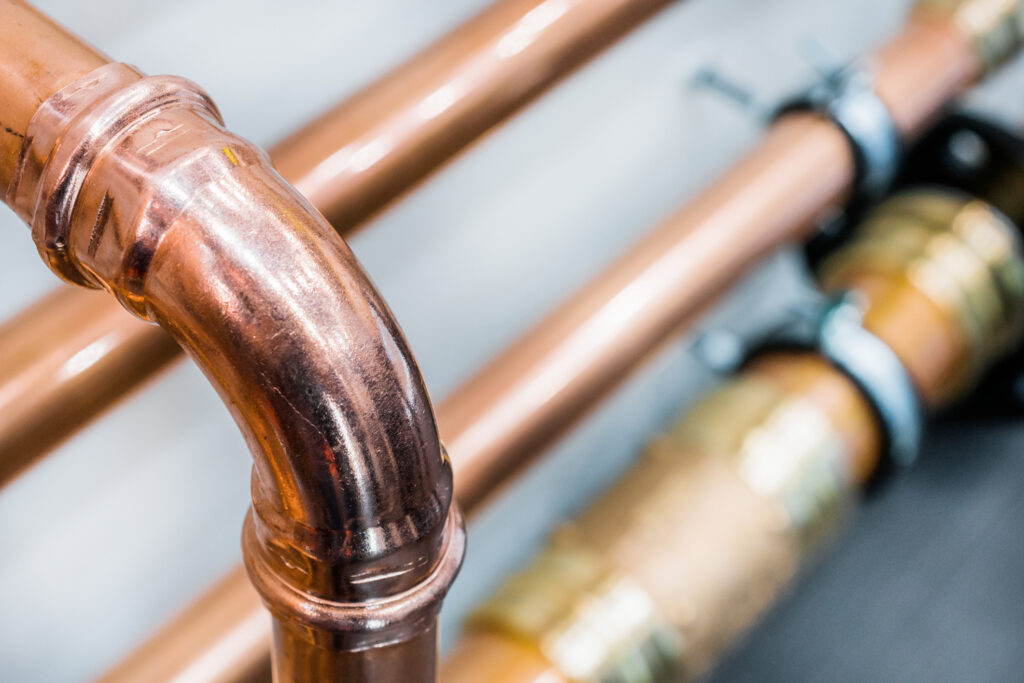
Photo from iStock – Credit: Nordroden
Key Benefits of Dual Plumbing Systems
Dual plumbing systems bring a range of advantages that make them an appealing choice for anyone looking to conserve resources and lower household expenses. These systems are designed not just to separate drinking and reclaimed water but to offer significant benefits to homeowners and businesses alike.
Reducing Water Usage
One of the standout benefits of a dual plumbing system is its ability to significantly reduce water usage. By directing reclaimed or recycled water to tasks like toilet flushing, landscaping, or cleaning, less fresh, drinkable water is needed for non-drinking purposes.
This can lead to substantial water savings over time, which is especially beneficial in regions with high water demand or those that experience drought conditions. Using dual plumbing also means a lower dependency on municipal water supplies, which helps communities better manage their water resources.
Saving Money on Water Bills
Saving water naturally leads to saving money, and dual plumbing systems can noticeably lower monthly water bills by reducing the amount of fresh water used. With reclaimed water used in areas where purified water isn’t necessary, households and businesses can see significant reductions in their water expenses.
Over the long term, these savings can quickly add up, offsetting the initial costs of installing a dual plumbing system. In addition, some cities may offer rebates or incentives to support installations that conserve water, providing further financial benefits.
Positive Environmental Impact
Dual plumbing systems contribute to a healthier environment by reducing the need for constant freshwater extraction and minimizing wastewater output. By using reclaimed water in toilets, irrigation, and more, less treated water is needed overall, which conserves energy and resources used in water treatment and supply.
This setup also helps reduce the strain on local ecosystems, as less water is pulled from rivers, lakes, or underground reservoirs. For communities committed to sustainability, like those in parts of Kentucky, dual plumbing systems are a practical solution to help lower the environmental footprint of homes and businesses.
Key Components of a Dual Plumbing System
To understand how a dual plumbing system operates, it’s essential to know its main components, each of which plays a specific role in ensuring water is efficiently and safely managed. The system relies on two separate piping networks, one for potable water and another for reclaimed water, designed to meet different needs within a home or business.
Potable Water Pipes
Potable water pipes are dedicated to delivering clean, purified water for all drinking, cooking, and personal hygiene needs. These pipes connect directly to the main water supply, ensuring high-quality water reaches areas like sinks, showers, and kitchen faucets.
Strict health and safety regulations govern the materials used in potable water pipes, preventing contamination and maintaining water cleanliness throughout the distribution process.
Within a dual plumbing system, potable water pipes are kept entirely separate from reclaimed water pipes to protect the integrity of drinking water. This distinct separation is a fundamental feature, ensuring that potable water remains safe and uncontaminated.
Reclaimed Water Pipes
Reclaimed water pipes carry non-potable water to areas where drinkable water isn’t required, such as toilets, irrigation systems, and certain cleaning applications. This water often originates from treated greywater sources or rainwater collection systems, helping reduce dependence on the freshwater supply.
By using reclaimed water for tasks that don’t require drinkable quality, dual plumbing systems conserve valuable freshwater resources and reduce the demand for municipal supplies.
Reclaimed water pipes are clearly marked to distinguish them from potable pipes, a feature that minimizes any risk of accidental cross-use. This setup provides an effective, sustainable approach to water management for eco-conscious homes and businesses.
Backflow Prevention Mechanisms
Backflow prevention mechanisms are essential safety components in any dual plumbing system, ensuring that reclaimed water never mixes with potable water under any circumstances. These devices operate by creating a one-way flow that prevents any non-potable water from moving back into the drinking water supply.
In cases of a pressure drop or other plumbing issues, backflow preventers act as a barrier, protecting the quality and safety of the drinking water. Proper installation and regular maintenance of these devices are crucial to maintaining a safe dual plumbing system. By blocking potential contamination, backflow prevention mechanisms ensure the long-term health and safety of the potable water supply.
Common Uses of Dual Plumbing Systems
Dual plumbing systems aren’t just for large commercial setups—they’re also valuable in residential applications. By separating potable and reclaimed water, these systems offer flexibility in water use for various purposes, helping homeowners and businesses save both water and money.
Residential Applications
In residential homes, dual plumbing systems are an excellent way to reduce water usage and utility bills. They allow reclaimed water to be used for tasks that don’t require drinking-quality water, such as flushing toilets, watering lawns, and washing driveways. This means that homeowners can conserve potable water for essential uses like drinking, cooking, and bathing.
For eco-conscious families, a dual plumbing system provides an effective way to reduce their environmental footprint without compromising convenience or hygiene. As more homeowners look for sustainable solutions, dual plumbing has become a preferred choice in many new builds and renovations.
Commercial and Industrial Uses
In commercial and industrial settings, dual plumbing systems can have an even greater impact due to the larger scale of water use. Businesses like hotels, office buildings, and manufacturing plants often have high water demands, and dual plumbing systems enable them to reduce their reliance on fresh water for non-potable purposes.
Reclaimed water can be used for landscaping, toilet flushing, and cooling systems, helping businesses save on water costs while promoting sustainable practices. Industrial facilities can also benefit from using dual plumbing systems in certain production processes, reducing their overall environmental impact.
Installation and Maintenance of Dual Plumbing Systems
Installing and maintaining a dual plumbing system requires careful planning, professional expertise, and ongoing attention to keep everything working smoothly and safely.
Dual plumbing installations aren’t just about adding an extra set of pipes; they involve creating a system that can handle two separate water supplies without risk of cross-contamination.
Professional Installation Requirements
Installing a dual plumbing system is a job best left to professionals who understand the technical and regulatory requirements involved. Due to the need to keep potable and reclaimed water strictly separate, it’s essential that installation follows specific codes and standards to prevent any potential risks.
Key points include:
- Professional Expertise: Only professionals have the required expertise to handle the technical complexities and meet regulatory standards.
- Separation of Water Sources: Proper installation ensures a clear separation between potable and reclaimed water to avoid contamination risks.
- Code Compliance: Installers are familiar with local codes, ensuring all aspects of the system align with safety and health regulations.
- Backflow Prevention Mechanisms: These critical components are installed to prevent cross-contamination, protecting the quality of drinking water.
- Marking and Routing: Professionals correctly label and route pipes to distinguish potable water lines from reclaimed water lines, preventing accidental cross-use.
Ready to make your home or business more sustainable? A professionally installed dual plumbing system can help you save water, reduce costs, and lower your environmental impact over time.
Regular Inspections and Upkeep
Like any plumbing system, dual plumbing systems require regular inspections to keep them operating efficiently and safely. Routine checks help detect any leaks, signs of wear, or potential issues that might compromise the system’s effectiveness.
Regular maintenance includes inspecting backflow prevention devices, checking for pipe integrity, and ensuring that the separation between potable and reclaimed water lines is maintained. Many professionals recommend annual inspections to catch minor issues before they become larger problems.
Common Issues and How to Avoid Them
While dual plumbing systems are designed to be durable, certain issues can arise over time, especially if regular maintenance is overlooked. Common problems include pipe leaks, backflow prevention device malfunctions, and potential cross-connections between potable and non-potable water lines.
To prevent these issues, it’s essential to work with a professional for both installation and maintenance. Staying on top of inspections and repairs is key to avoiding costly fixes and maintaining water safety.
Cost and Long-Term Savings of Dual Plumbing Systems
Investing in a dual plumbing system may come with upfront costs, but the long-term savings and benefits make it a worthwhile consideration for many homeowners and businesses. While the initial expense of installation may seem significant, dual plumbing can lead to substantial financial savings over time by reducing water consumption and utility bills.
Initial Investment Costs
The cost of installing a dual plumbing system varies depending on factors like the property’s size, the complexity of the plumbing layout, and local labor rates. Generally, installing dual pipes requires more materials and labor than a standard plumbing system, which can make it a bigger investment upfront.
New construction projects are often more cost-effective for dual plumbing installations since the system can be integrated into the initial build, reducing labor and material costs compared to retrofitting an existing structure. Although the initial price might be higher, the potential for water savings over time can help justify this investment.
Savings Over Time
One of the biggest advantages of dual plumbing systems is the reduction in water bills over time. By using reclaimed water for tasks like flushing toilets and irrigation, households and businesses can significantly cut down on their potable water usage, leading to lower utility costs.
Over the years, these savings have added up, often offsetting the initial installation expenses. In some areas, there are even incentives or rebates available for installing water-saving systems like dual plumbing, which can further reduce the overall cost. With water rates on the rise, these systems provide a financial buffer against escalating expenses, making them a smart long-term investment.
The Future of Dual Plumbing Systems
As water conservation and environmental sustainability continue to gain importance, dual plumbing systems are becoming a central part of the future of water management. Innovations in technology and growing awareness around resource conservation are driving the demand for these systems in both residential and commercial spaces.
With more regions experiencing water scarcity and stricter environmental regulations coming into play, dual plumbing offers a practical solution that aligns with modern sustainability goals. New advancements are making these systems more efficient and cost-effective, paving the way for broader adoption.
Is a Dual Plumbing System Right for You?
Deciding whether a dual plumbing system is a good fit for your home or business involves evaluating a few key factors. While these systems provide excellent water conservation benefits, they also require an initial investment, and their practicality depends on your property’s layout, location, and water usage needs.
Factors to Consider
When thinking about installing a dual plumbing system, start by considering your typical water usage and conservation goals. Properties with high water demands, especially for tasks like irrigation or bathroom use, can benefit greatly from a dual plumbing system. If you live in an area prone to droughts or water restrictions, dual plumbing could be especially helpful in reducing dependence on municipal water supplies.
Additionally, the type and age of your property matter; installing a dual plumbing system in a new construction is generally more straightforward and cost-effective than retrofitting an older building.
Consulting with a Professional Plumber
To determine if a dual plumbing system is feasible for your property, it’s best to consult a professional plumber who has experience with these systems. A professional plumber can assess your property, discuss your specific needs, and explain the installation process in detail.
They can also provide you with a cost estimate, which includes both installation and any necessary maintenance over time. Consulting with a professional will give you a clear picture of what to expect, including the potential savings and any incentives or rebates available in your area.
Ready to Make a Difference with Dual Plumbing?
Curious about how dual plumbing systems could enhance efficiency and sustainability in your home or business? Halpin Plumbing is here to help you explore these eco-friendly solutions that save water and reduce costs.
Serving areas like Burlington, Florence, Hebron, and beyond, our team has the expertise to guide you through each stage of installing and maintaining dual plumbing systems.
Whether you’re interested in conserving water for environmental reasons or looking to lower utility bills, dual plumbing systems offer a practical and effective approach. Contact Halpin Plumbing today to learn how a dual plumbing system can work for you!

Photo from iStock – Credit: Alessandra Indino
FAQs
What is the main purpose of a dual plumbing system?
The main purpose of a dual plumbing system is to separate potable (drinkable) water from reclaimed water, allowing the latter to be used for non-essential tasks like toilet flushing and irrigation. This setup conserves freshwater by reusing treated water where drinking-quality water isn’t necessary.
How does a dual plumbing system help save water?
By using reclaimed water for tasks that don’t require purified water, a dual plumbing system reduces the demand on potable water supplies. This setup helps conserve freshwater resources and decreases overall water consumption, benefiting both the homeowner and the environment.
Is dual plumbing safe for residential use?
Yes, dual plumbing systems are safe for residential use when installed by professionals. These systems are designed with backflow prevention mechanisms to prevent any contamination between potable and non-potable water supplies, ensuring safe water use throughout the property.
How much does it cost to install a dual plumbing system?
The cost of installing a dual plumbing system varies based on factors like property size and layout. Generally, installation costs are higher than for standard plumbing due to additional pipes and safety mechanisms, but the long-term savings on water bills can help offset the initial investment.
Can I retrofit my existing plumbing system to a dual system?
Yes, it’s possible to retrofit an existing system, though it may require more effort and cost compared to installing dual plumbing in new construction. A professional plumber can assess your property to determine the feasibility and provide a cost estimate for retrofitting.
